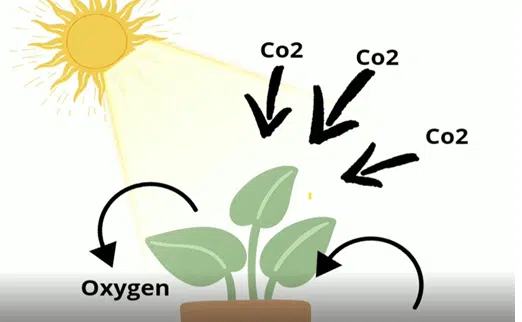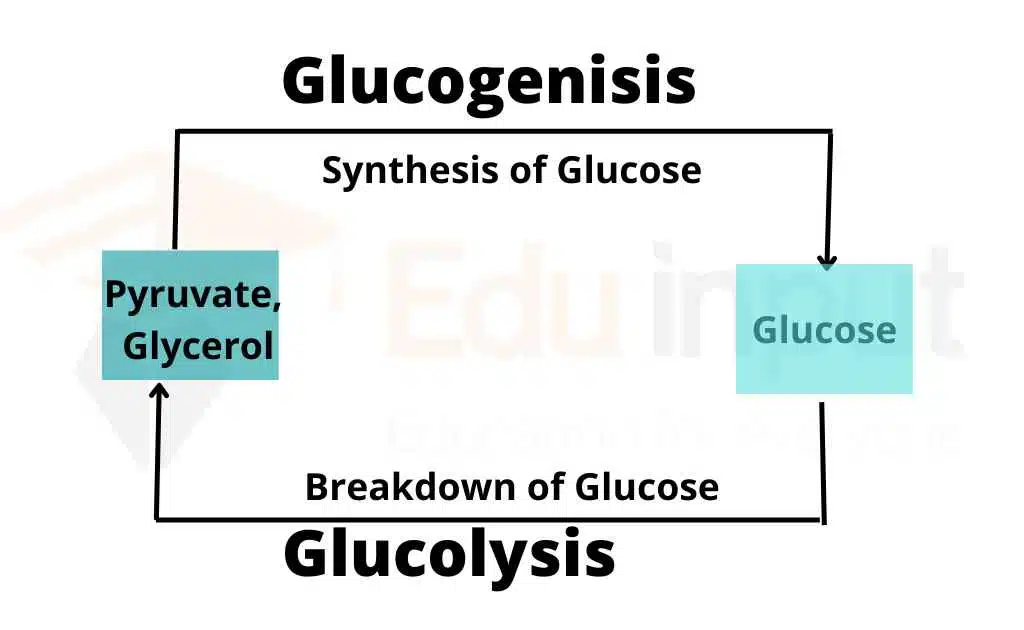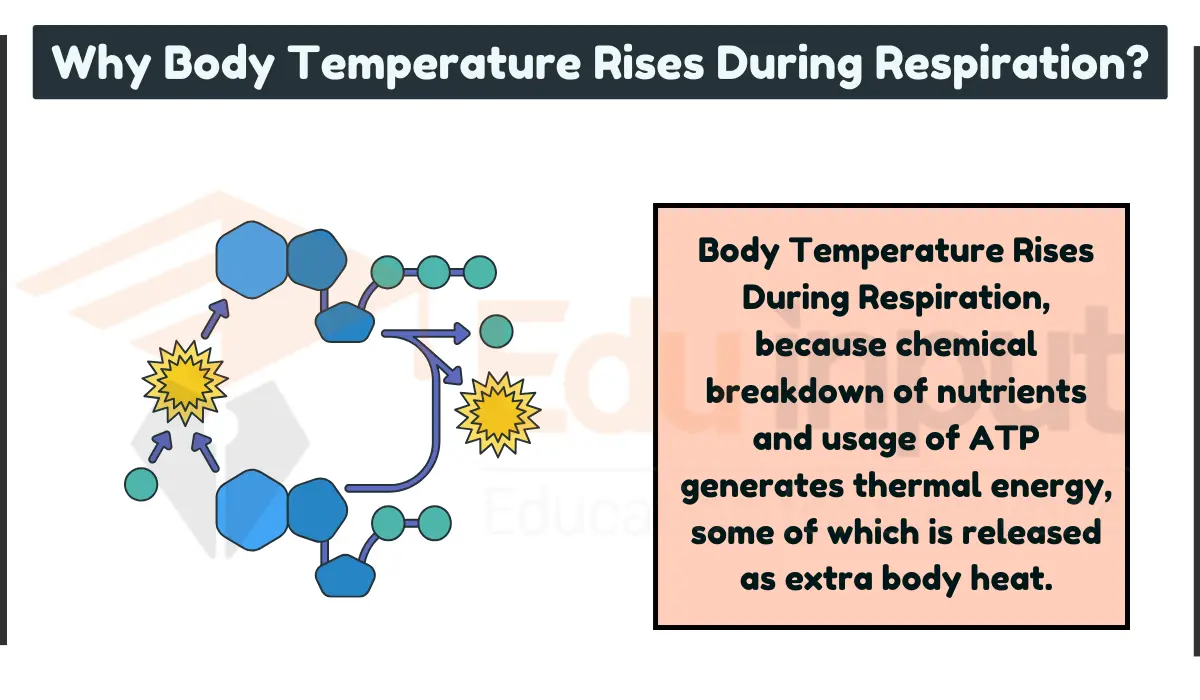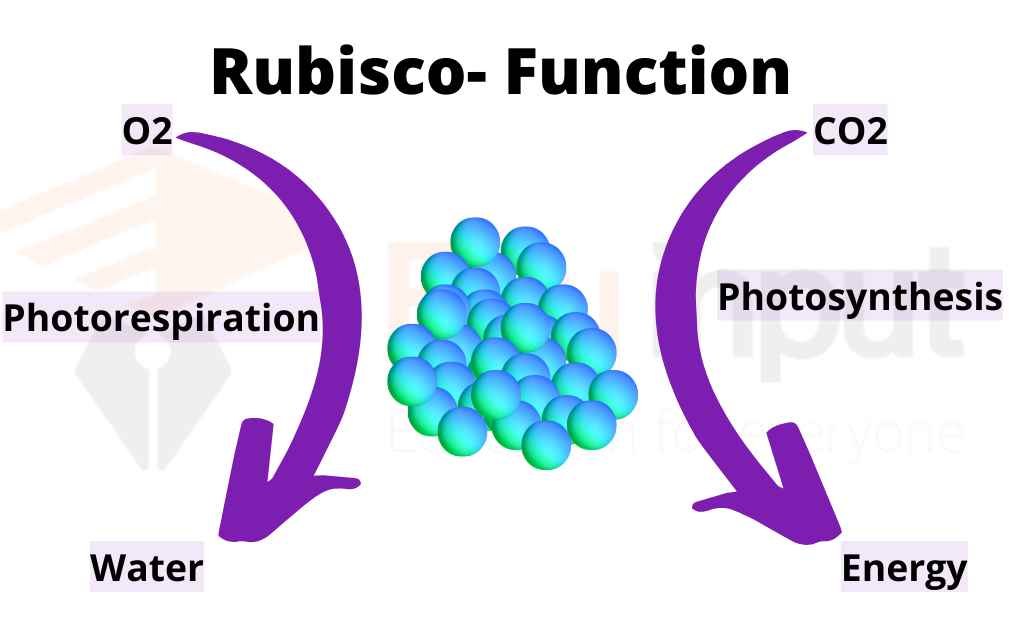Light Dependent Reactions – Process Explained Simply
What are Light Dependent Reactions?
The light-dependent reactions, also known as the light reactions are a series of chemical reactions that occur in the thylakoid membranes of chloroplasts within plant cells. These reactions are responsible for converting the energy from light into the chemical energy carriers ATP and NADPH.

Excitation of electrons to higher energy levels occurs during this process. This energy is then used in a series of reactions to generate ATP. It takes place in the thylakoid membranes of the chloroplast. Chlorophyll a, Chlorophyll b, and Carotenoids are the accessory pigments for this reaction.
Light Dependent Reactions Process
Here are the main steps of Light dependent reactions:
1. Absorption of Light Energy
- Chlorophyll and other light-absorbing pigments in the thylakoid membranes of chloroplasts absorb light energy, typically from the visible spectrum.
- The absorbed light energy excites electrons in the pigment molecules, raising them to a higher energy state.

2. Splitting of Water Molecules
- The excited electrons from the light-absorbing pigments are used to split water molecules (H2O) in a process called photolysis or the light-dependent reaction.
- This water-splitting process occurs in a protein complex called Photosystem II, which uses the energy from the excited electrons to break the chemical bonds in water.
- The splitting of water molecules releases electrons, protons (H+ ions), and oxygen as a byproduct.
3. Release of Oxygen
The oxygen released as a byproduct of the water-splitting process is released from the chloroplast and diffuses out of the plant cell.
This oxygen is the same oxygen that humans and other aerobic organisms use for cellular respiration.
4. Formation of Energy-Carrying Molecules – ATP and NADPH
- The excited electrons from the light-absorbing pigments are passed through an electron transport chain in the thylakoid membrane.
- As the electrons move through the transport chain, they release energy that is used to pump protons (H+ ions) from the stroma (the fluid-filled space surrounding the thylakoids) into the thylakoid lumen, creating a proton gradient.
- This proton gradient is then used to drive the enzyme ATP synthase, which produces ATP from ADP and inorganic phosphate, in a process called chemiosmosis.
- Additionally, the electron transport chain also reduces NADP+ to NADPH, a crucial reduced electron carrier used in the subsequent light-independent reactions (Calvin cycle) of photosynthesis.

Light Dependent Reactions Quiz
Test your knowledge of Light Dependent Reactions by attempting our 14-mark quiz. However, If you do not know this topic or want to revise it, read our detailed guide on Light Dependent Reactions.
Let us start our quiz on Light Dependent Reactions with answers.
Frequently Asked Questions-FAQs
What is Light Reaction?
The light reaction is the phase of photosynthesis in which the plant converts sunlight into chemical energy in form of ATP & NADPH.
What is the end product of light reaction?
The end product of the light-dependent reaction is NADPH & ATP.
Where does the light reaction occur?
The light reaction takes place in the thylakoid membranes of the chloroplast.







Leave a Reply